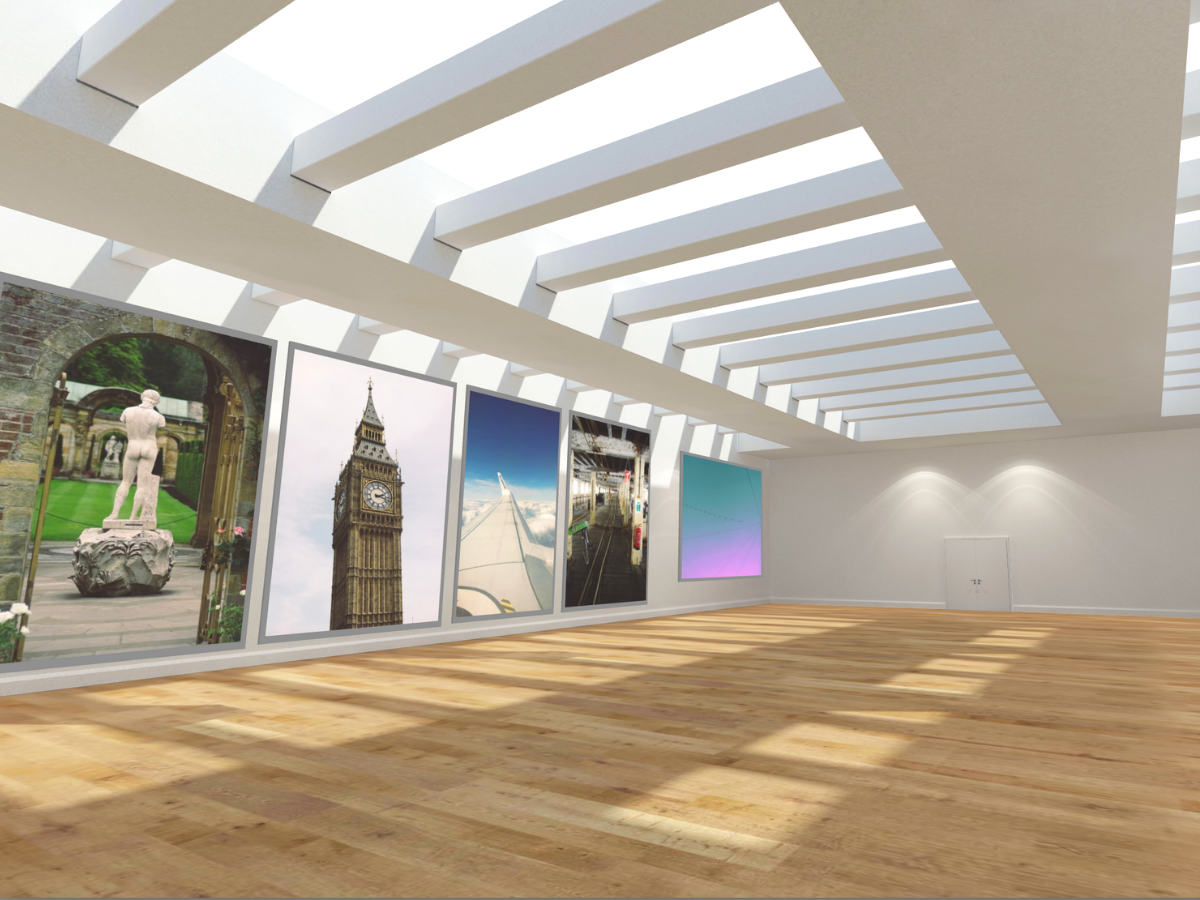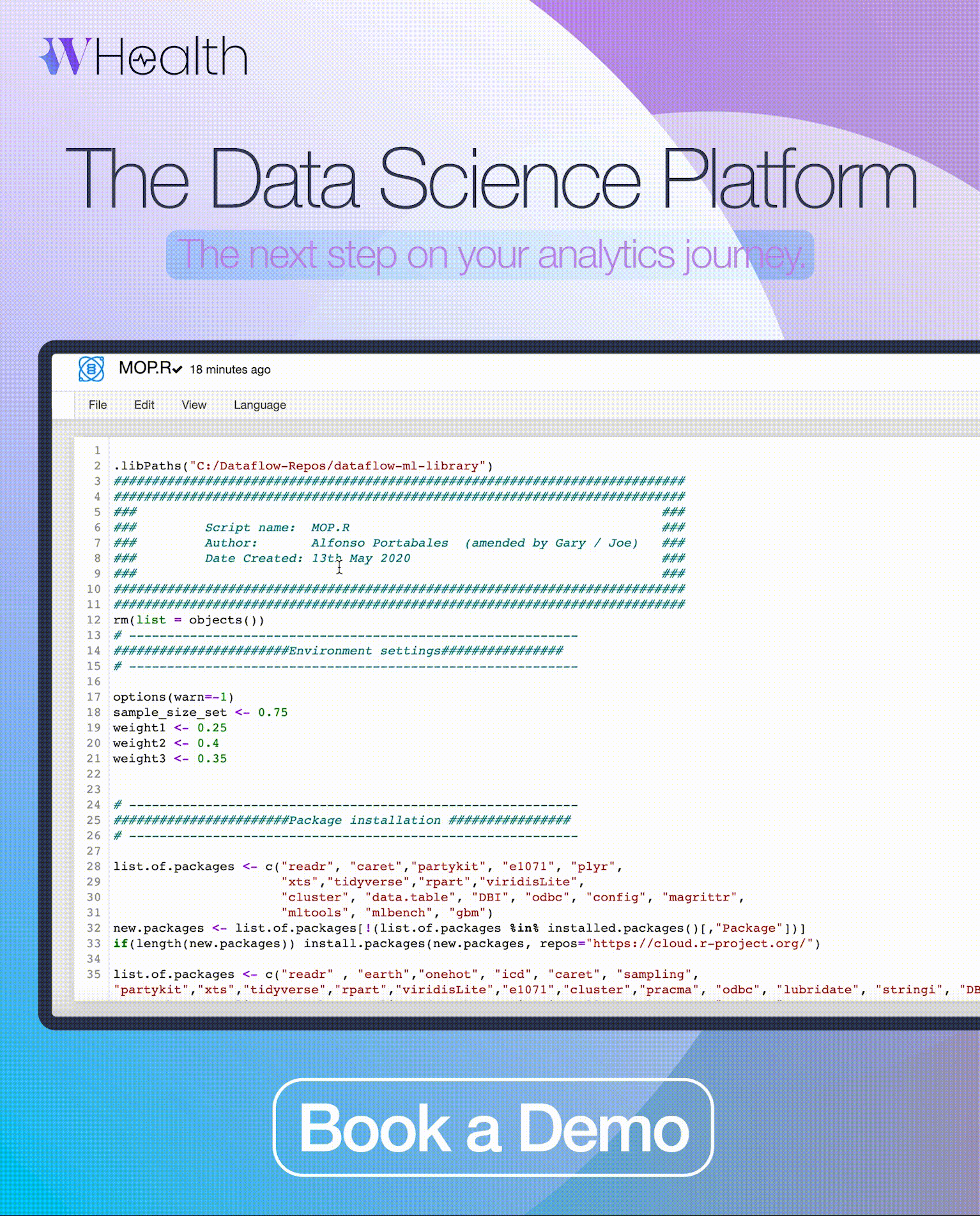Distilled Post sat with Alexander Merricks, a collector and creator of NFT artwork, to discuss the NFT art world, speculative assets, and speculative technologies. Alex – or Xander, depending on where on the internet you find him – has always been obsessed with product design, photography, and computers; the NFT art world was an inevitable attraction.
Alex creates, buys, and sells NFTs and has recently begun creating virtual galleries through OnCyber, a platform that hosts immersive 3D experiences to showcase NFTs. These virtual galleries allow users to explore artwork in much the same way they would a traditional art gallery, but with the added bonus that there is a vast array of galleries available at their fingertips. These NFT galleries are even beginning to bleed back into reality with real brick and mortar versions popping up in cities such as New York, and Tokyo.
After Alex graduated from studying product design, the pandemic hit and he found himself spending more time through the lens of his camera:
‘Throughout this time I discovered the Crypto-art space, NFTs, and Tokenisation more broadly. The capacity to bridge the existence of physical and digital representations of photographically produced artwork is paradigm-shifting.’
These paradigm-shifting changes have not only shaken up the art world but the financial one too as the investment landscape changes shape once again to adapt to these new technologies.
In the latest iteration of a project that began at university, Alex has created a virtual map of Brighton with each of his photographs linked to their location. He has effectively created a virtual tour of the city through his images, creating a way to connect with the city and his artwork from anywhere in the world. Whether he intended it or not, this piece is strikingly emblematic of how much more accessible NFTs are than traditional art – that is, if you can wrap your head around them.
What are NFTs? And why are they worth owning?
Some have dismissed NFTs as a fad and anticipate the bubble will burst any day soon, but many creators who have spent years earning little but social media likes for their work have dived in head first. When Christie’s sold a piece by Beeple for $69million, he became the third most expensive living artist after David Hockney and Jeff Koons. NFT artist Pak minted a literal one-by-one gray pixel – the most basic unit of a digital image – and it sold in a traditional auction house for $1.36million. There is a significant amount of money in NFTs, but many people still don’t quite grasp what they are.
‘NFTs are best understood as computer files combined with proof of ownership and authenticity, like a deed. Like cryptocurrencies such as Bitcoin, they exist on a blockchain—a tamper-resistant digital public ledger.’
For those outside the NFT world, it’s hard to fathom how it is possible for NFTs to be so expensive – after all, it’s easy to right-click on the images and save them to your device. So, what makes owning an NFT different to having a copy of the image? And why are people willing to spend so much?
‘The very short answer is: I can save a picture of the Mona Lisa, or even print myself a scale replica, but I’ll never own it.’
Right-clicking and saving an image is like having a fake of anything you’re interested in collecting – you could have the most convincing Mona Lisa replica in the world but you would know it wasn’t the real deal. If you’re in the game for investment purposes, owning the real version also has clear financial benefits.
However, Alex believes that understanding the true value of NFTs involves reevaluating our understanding of ownership:
‘I think the answer to your question “What makes owning an NFT different to having a copy of the image?” is in the question. Or a separate potentially more important question: what’s the difference between owning and having? Do I own adobe’s software, even though I have it? I’d say I probably don’t own it, although I can use it, and probably could without paying for it.’
On top of this, ‘buying NFTs shouldn’t be viewed in terms of ownership, it should be looked at as a way to patronise/sponsor/provide an alternative support vector for creatives.’
By focusing on ownership people are looking at only a very small part of the picture; the main focus is supporting art and artists in what they do, especially for smaller-scale creators. NFTs are arguably an effort to economically legitimise digital art: ‘to help artists create financial value for their work, NFTs add the crucial ingredient of scarcity’. It was already possible to freely save artwork you find on the internet, NFTs have just made it also possible for those artists to make money from people choosing to own their works.
Speculative technologies
At university, Alex attended lectures on speculative technology. At the time, only a couple of years ago, folding phones were a futuristic idea but they have since come to pass. Speculating on technology is fascinating – some things that seem outlandish will become normal in a couple of years time, others will remain confined to science fiction, and some technologies will arise that we may never have considered.
‘I remember seeing a really interesting proposal around wireless charging and bus networks, where the bus would effectively be a mobile device charging station that itself charged wirelessly from bus stops or traffic lights,’ says Alex, recalling some of the speculative technologies that have not appeared. ‘I think the trouble with speculating on technology is how things are becoming ever more systematised; a good example of this is apple’s product ecosystem, where each of their devices effectively augments the use cases of their other devices.’
New technologies do not, after all, emerge from a vacuum, and many companies with an existing stake in the game – such as Apple – will continue to create technologies that complement their existing offerings. Speaking as an outsider, this is another facet of the NFT world that makes it so interesting – it is by its very nature decentralised and, while there may be big names like Beeple and Pak, it is very much a creator led industry that operates outside conventional online models that are run by a central entity.
Blockchain technology is resulting in a very different version of the internet to the fleeting and temporary version we are used to where posts can be easily edited or deleted and Instagram stories vanish in 24 hours. We sit on a ‘paradigm-shifting boundary between that typical changeable, deletable, attention driven economy and something entirely different: this new ‘Permaweb’ is an irreversible, unchangeable, and indisputable version of the internet.’
Recommended for you

Antidepressant Prescribing at Six-Year High
More people are taking antidepressants than ever. Is this a dark sign of the times or an indication that mental health stigma is changing?

Can AI be Used to Determine Cancer Recurrence?
When cancer patients go into remission, they often worry about it coming back. AI can now help identify those at risk of cancer recurrence.

Pegasus – Still a Threat to the UK?
The notorious Pegasus spyware has been misused to exploit vulnerabilities in devices, even those kept within the walls of Number 10.
Trending

Drug Decriminalisation: Could the UK Follow Portugal?
Portugal’s drug decriminalisation has reduced drug deaths and made people feel safe seeking support. Would the UK ever follow suit?

Calling All Unvaccinated UK Adults
With Covid cases rising, the NHS is urging the 3 million UK adults who remain unvaccinated to come forward.




